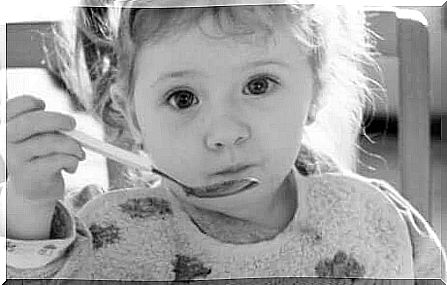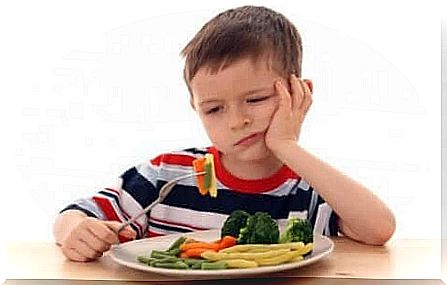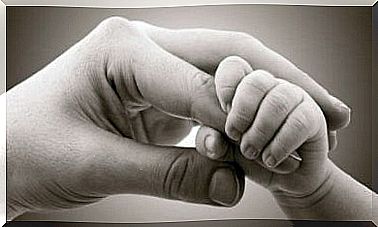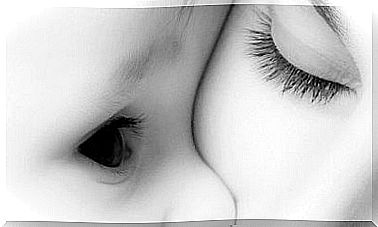Child Malnutrition

One in five children under the age of 5 suffers from malnutrition that endangers their health. Malnutrition kills about three million children each year, a large and serious problem. However, it still involves many misunderstandings and even myths.
Many people think that leanness automatically tells of childhood malnutrition, when in fact no direct conclusions can be drawn about a child’s weight as to whether he or she is malnourished or not. A badly malnourished person may not look very skinny, and even a normal or even overweight child may suffer from malnutrition. The fact that a child’s weight and muscle mass do not correlate with height may be a sign of malnutrition.
Malnutrition in children
Malnutrition is a form of malnutrition. It is a condition where a child does not get enough protein, energy or trace elements from food to grow. It is not always the case that a child does not receive enough nutrition in terms of quantity, but may have to eat one-sided food that does not meet his nutritional needs.

Adequate and varied nutrition is a prerequisite for a child’s development and health. The effects of malnutrition, especially on the development of a young child, are devastating for both physical and mental development. In the most severe cases, malnutrition results in the death of the child.
Malnutrition can be divided into four types:
- Prolonged malnutrition
- Deficiency caused by a specific nutrient
- Acute malnutrition
- Recurrent malnutrition and spiral
Malnutrition in developing countries
The most common and serious form of malnutrition found in developing countries is quasi-corpus. It is a disease caused by a deficient intake of protein, which occurs especially in children aged 9 to 24 months who have stopped breastfeeding. Kvašiorkor is usually caused by one-sided food, which consists mainly of certain plant products. It is especially recognizable by withered limbs and a swollen abdomen.

Typical symptoms of the disease include edema, diarrhea, vomiting, skin and hair changes, fatty liver, edema, growth failure, cachexia, anemia, hypoalbuminemia, irritability, and psychomotor retardation. As the disease progresses, the child loses his desire to function and his muscles atrophy so that eventually he can no longer walk. However, the recovery prognosis is good if the child receives care.
What causes child malnutrition?
The main causes of child malnutrition are poverty and inequality. Malnutrition is also affected by disease, poor hygiene and low levels of care. In many cases, parents do not understand the importance of breastfeeding or do not know that a child’s diet should be varied.
When child malnutrition is not caused by poverty and hunger, it can be caused by the following types of things:
- One-sided diet: An unbalanced diet in which the amount of food may be large enough, but which does not contain all the nutrients necessary for the child.
- Eating Disorder: Even young children can develop anorexia or bulimia, for example.
- Indigestion: Various diseases affecting the digestive tract can prevent proper absorption of nutrients.
- : The disorder may be related to, among other things, the metabolism of proteins, fats, carbohydrates or nucleic acids.
- Other diseases: For example, anemia, diabetes and hyperthyroidism can cause malnutrition.
When should you worry about your child’s weight?
Only a medical professional can determine if a child is underweight and suffers from a nutrient deficiency. At the clinic and later at school, the nurse monitors the development of the child’s height and weight. For some children, malnutrition causes rapidly noticeable symptoms, but in many cases the signs are not clear.
If your child suffers from the following symptoms, parents should talk to their doctor:
- Headache
- Weakness and constant fatigue
- Dizziness
- Easy breathing
- Apathy









